Related Research Articles

The Haggadah is a Jewish text that sets forth the order of the Passover Seder. According to Jewish practice, reading the Haggadah at the Seder table is a fulfillment of the mitzvah to each Jew to tell their children the story from the Book of Exodus about God bringing the Israelites out of slavery in Egypt, with a strong hand and an outstretched arm.
Rishonim were the leading rabbis and poskim who lived approximately during the 11th to 15th centuries, in the era before the writing of the Shulchan Aruch and following the Geonim. Rabbinic scholars subsequent to the Shulchan Aruch are generally known as acharonim.

Tanya Rabbati is an anonymous work on Jewish law first published in Italy, in 1514.

The community of Sephardic Jews in the Netherlands, particularly in Amsterdam, was of major importance in the seventeenth century. The Portuguese Jews in the Netherlands did not refer to themselves as "Sephardim", but rather as "Hebrews of the Portuguese Nation." The Portuguese-speaking community grew from conversos, Jews forced to convert to Catholicism in Spain and Portugal, who rejudaized under rabbinical authority, to create an openly self-identified Portuguese Jewish community. As a result of the expulsions from Spain in 1492 and Portugal in 1496, as well as the religious persecution by the Inquisition that followed, many Spanish and Portuguese Jews left the Iberian peninsula at the end of the 15th century and throughout the 16th century, in search of religious freedom. Some migrated to the newly independent Dutch provinces which allowed Jews to become residents. Many Jews who left for the Dutch provinces were crypto-Jews. Others had been sincere New Christians, who, despite their conversion, were targeted by Old Christians as suspect. Some of these sought to return to the religion of their ancestors. Ashkenazi Jews began migrating to the Netherlands in the mid-seventeenth century, but Portuguese Jews viewed them with ambivalence.
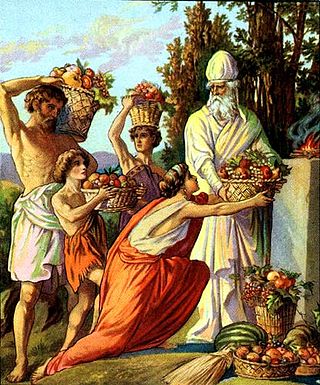
Ki Tavo, Ki Thavo, Ki Tabo, Ki Thabo, or Ki Savo is the 50th weekly Torah portion in the annual Jewish cycle of Torah reading and the seventh in the Book of Deuteronomy. It comprises Deuteronomy 26:1–29:8. The parashah tells of the ceremony of the first fruits, tithes, and the blessings from observance and curses from violation of the law.
David Abudarham, referred to as Abudarham, Abudraham, or Avudraham, was a rishon who lived in Seville in the 14th century and was known for his commentary on the siddur.
Simhah ben Samuel of Vitry was a French Talmudist of the 11th and 12th centuries, pupil of Rashi, and the compiler of Machzor Vitry. He lived in Vitry-le-François.
Simeon ben Zemah Duran, also Tzemach Duran, known as Rashbatz (רשב"ץ) or Tashbatz, was a Rabbinical authority, student of philosophy, astronomy, mathematics, and especially of medicine, which he practised for a number of years at Palma de Mallorca. A major 15th century posek, his published decisions in matters of halakha have been widely quoted in halakhic literature for hundreds of years.
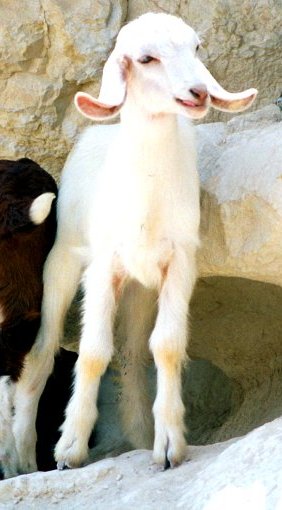
Chad GadyaorHad Gadya is a playful cumulative song in Aramaic and Hebrew. It is sung at the end of the Passover Seder, the Jewish ritual feast that marks the beginning of the Jewish holiday of Passover. The melody may have its roots in Medieval German folk music. It first appeared in a Haggadah printed in Prague in 1590, which makes it the most recent inclusion in the traditional Passover seder liturgy.
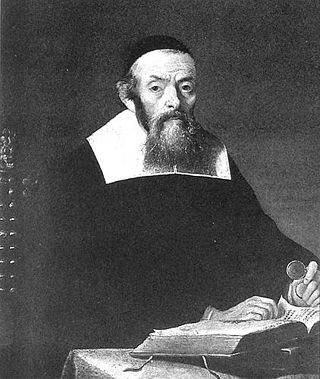
Jacob ben Aaron Sasportas, was a Rabbi, Kabbalist, and anti-Sabbatean. He was the father of Isaac ben Jacob Sasportas.

Pirkei de-Rabbi Eliezer is an aggadic-midrashic work on the Torah containing exegesis and retellings of biblical stories.
Samuel ben Solomon of Falaise was a French rabbi, a tosafist of the twelfth and thirteenth centuries. His French name was Sir Morel, by which he is often designated in rabbinical literature. "Kadesh Urchatz", the now ubiquitous poem at the beginning of the traditional Haggadah, is attributed to him.
Moses ben Avraham Avinu was a Czech-Austrian printer and author who was a Christian convert to Judaism. His father, Jacob, was also a convert.

A meshulach, also known as a shaliach or SHaDaR, was an emissary sent to the Diaspora to raise funds (ḥalukka) for the existence of the Jewish settlement in the Land of Israel. The institution of the Emissaries of the Land of Israel, which began in ancient times, developed and contributed greatly to the connection between Diaspora Judaism and the Jews in the Land of Israel, and to the cultural life of the Jewish communities.
Aaron ben Moses Teomim, was a Czech-Polish rabbinical scholar. While a preacher at Prague, he was called as rabbi to Worms in 1670, later holding the rabbinical seat of Cracow, Poland. Soon after taking up the Cracow post, a politically- or financially-motivated order for his arrest was made: His death occurred as a result of mistreatment during his transfer to prison. Works published during his lifetime included scriptural discourse and commentary; his work on the Haggadah was reprinted several times in the decades after his death. Later, his approach to textual analysis and discussion, pilpulism, fell into disfavour.

Abraham Goos was a Dutch cartographer, publisher, and engraver. He made globes, maps of North America, a comprehensive map of European coastlines, and the first printed Hebrew language map of The Holy Land.

The Maxwell House Haggadah is an English-Hebrew Passover Haggadah introduced by the Maxwell House company as a marketing promotion in 1932 and printed continuously since that time. With over 50 million copies in print, it is the best known and most popular Haggadah among American Jews, and is considered a cultural icon. It is used at Passover Seders in homes, schools, senior centers, prisons, and the United States Army, and was the edition used by President Obama and his guests at the White House Passover Seder conducted yearly from 2009 to 2016. In 2011 a new English translation replaced archaic phrases in the original and also incorporated gender-neutral language.
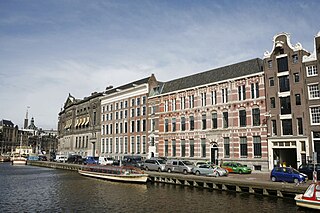
The Bibliotheca Rosenthaliana is the Jewish cultural and historical collection of the University of Amsterdam Special Collections. The foundation of the collection is the personal library of Leeser Rosenthal, whose heirs presented the collection as a gift to the city of Amsterdam in 1880. In 1877 the city library had become the University Library, so the Bibliotheca Rosenthaliana was essentially given to the University. The Bibliotheca Rosenthaliana has since expanded to become the largest collection of its kind in Continental Europe, featuring manuscripts, early printed books, broadsides, ephemera, archives, prints, drawings, newspapers, magazines, journals, and reference books.
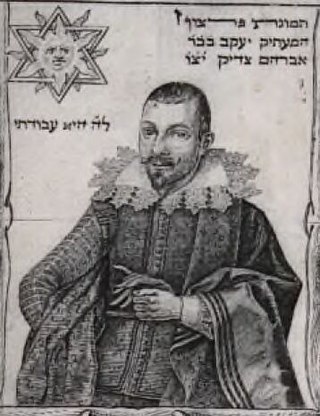
Jacob ben Abraham Zaddiq was a Dutch Jewish merchant of Portuguese descent who worked in Amsterdam in the early 17th century.
The Amsterdam Haggadah contains the text of the Passover Haggadah which accompanies the Passover Seder. Written and illuminated in 1695, it is notable for its illustrations, made by Amsterdam printer Abraham B. Jacob, which include one of the earliest printed maps of the Holy Land.
References
- ↑ Singer, Isidore; Adler, Cyrus, eds. (1916). The Jewish Encyclopedia: A Descriptive Record of the History, Religion, Literature, and Customs of the Jewish People from the Earliest Times to the Present Day. Vol. 5. Funk and Wagnalls. p. 175.
- ↑ "Illustrations of Moses in the Amsterdam Haggadah, 1695". Jewish Theological Seminary. 9 January 2015. Retrieved 21 December 2019.
- ↑ Garel, M. (1987). "La première carte de terre sainte en Hébreu (Amsterdam, 1620/21)". Studia Rosenthaliana . 21 (2): 131–39.